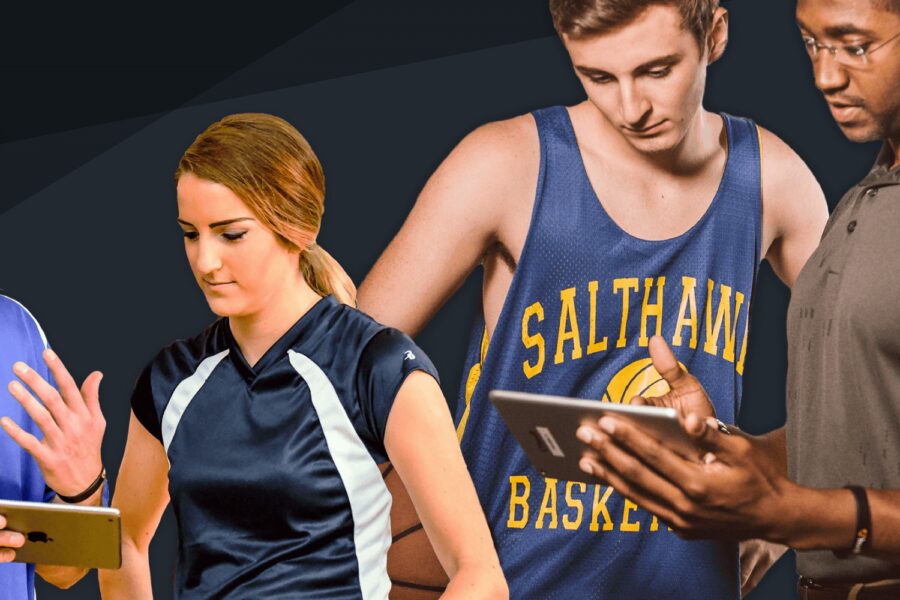3 Ways Video Helps Players Understand Their Roles

Video is the objective source that helps players and coaches get on the same side of the table to quickly make corrections.
“Saying is one thing, but showing them is hands down the best way to teach. We talk it, we walk it, we show it, and that’s how I think they learn. They need to hear, but they need to see it firsthand too."
Simply sitting down with a player one-on-one for five to 10 minutes can make a huge difference. The personal setting helps build the athlete-coach relationship and keeps them from feeling like they’re being called out in front of their teammates.
“Players oftentimes don’t even realize what their tendencies have become,” Greg Ceitham, boys soccer coach at Holland High School (Mich.), said. “By showing them, they know definitively what we’re talking about and are much more open to advice and approaching and changing some tendencies.”
Use Reports as Backup
Even while making mistakes, most players’ motivations are pure. They simply might not understand why a shot is ill-advised or how an extra pass would’ve set up a teammate for better success.
Shot charts in basketball and soccer are perfect to show athletes where they’re most efficient. If a post player is shooting much higher from the left block than the right, encourage him or her to stay on that side of the lane more. If your striker is taking shots from too far out, encourage them to take an extra dribble or two before firing on the goal.
“We have a player who was not shooting well from the 3-point line and that was their favorite shot,” Christian Selich, girls basketball coach at Millington High School (Mich.), said. “I look at her shot chart one day and notice inside the arc she’s shooting about 55 percent and outside it’s about 17 percent. We brought that up and said, ‘You might want to get yourself the ball inside a little more.’”
Video brings stats to life. With Hudl, simply clicking on a statistic will create a playlist of moments relevant to the data, so coaches easily find the exact teaching points they need.
Show Positive Results Too
Positive reinforcement is a more effective teacher than punishment. That’s why Nebraska volleyball coach and four-time national champion John Cook shows five good plays for every bad one in his video sessions. Athletes respond positively to seeing what they did well, instead of being reprimanded for mistakes.
“Utilize video to catch them doing good, and to me, that’s as powerful a tool as anything,” legendary volleyball coach Terry Liskevych said. “Let’s turn it into a positive. All of us as coaches focus more on the negative than we should.
“Positive corrective feedback, especially when linked to video as a visual tool, which is how most people learn, that means you can always do it.”
Find plays where the athlete made the right decision or opted for the correct pass and explain why that play was successful. Instead of feeling accused for making a mistake, the athlete will feel encouraged and be more likely to choose that route when the situation arises next time.
Video allows coaches of all sports to get their athletes on the same page, and help everyone buy in to the team concept. Getting every player moving in the same direction will create a consistent, stable culture that sets programs up for long-term success.
For more ideas on how to use video to build a foundation, check out our Coaching Resources page.